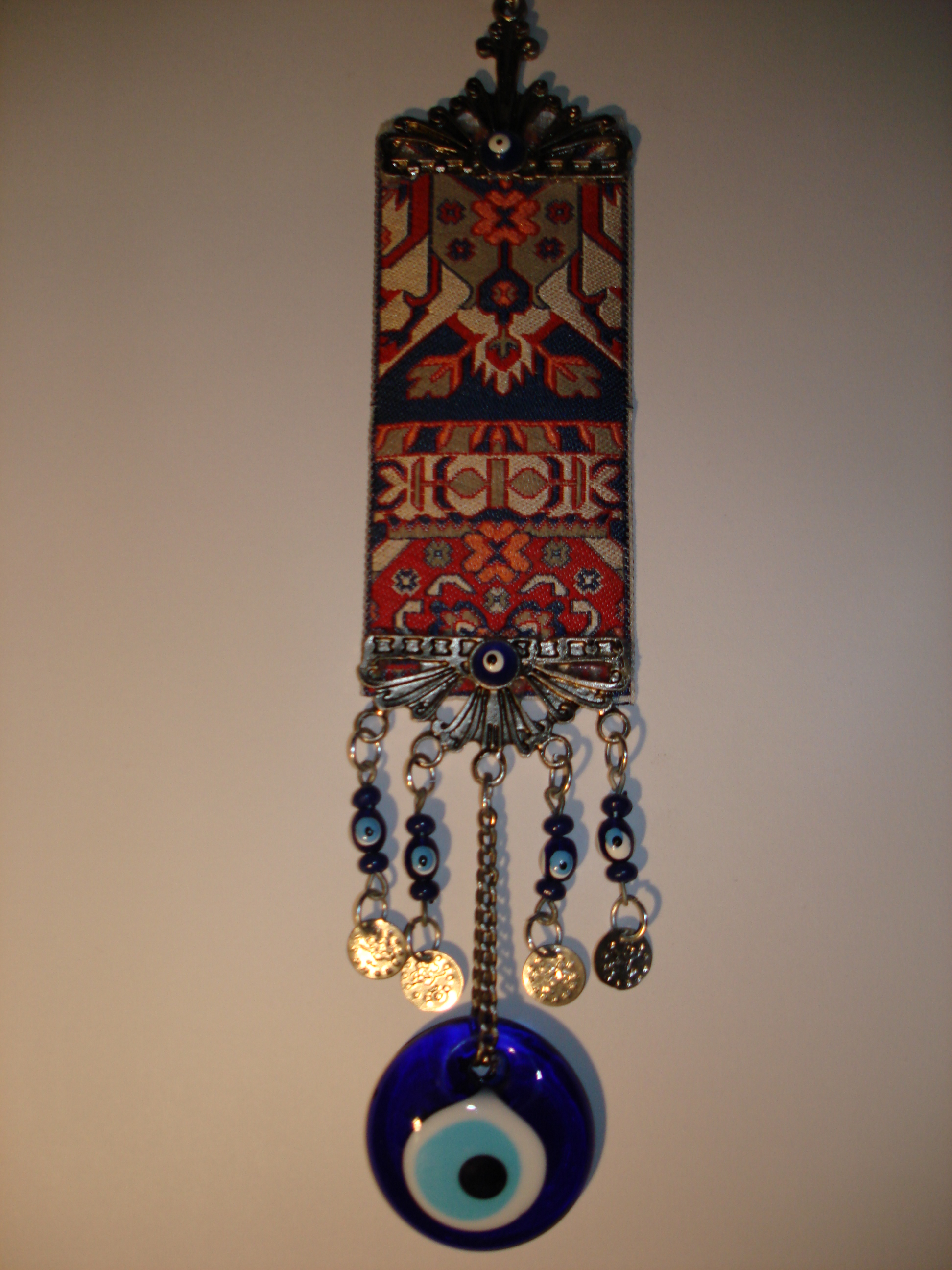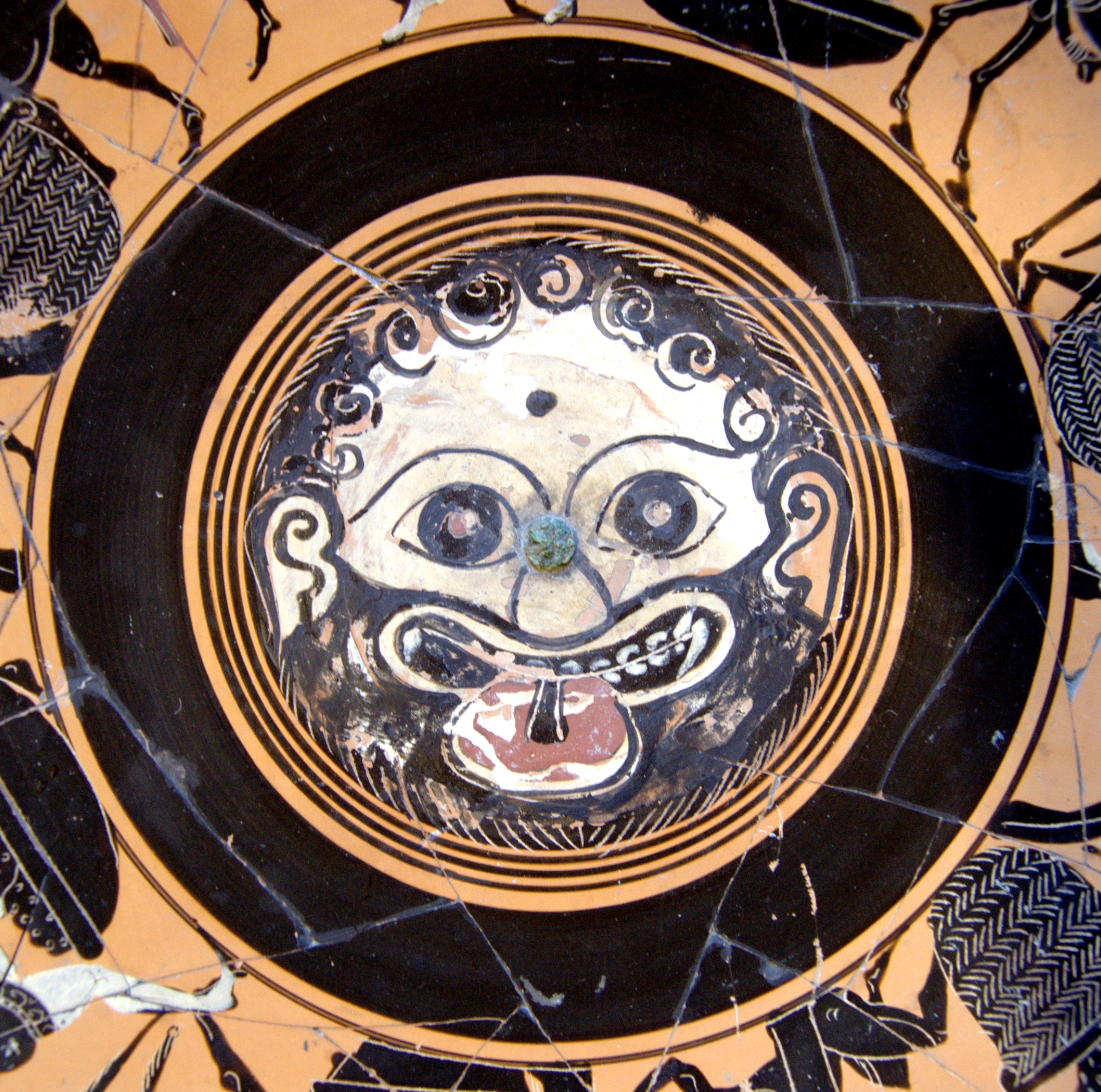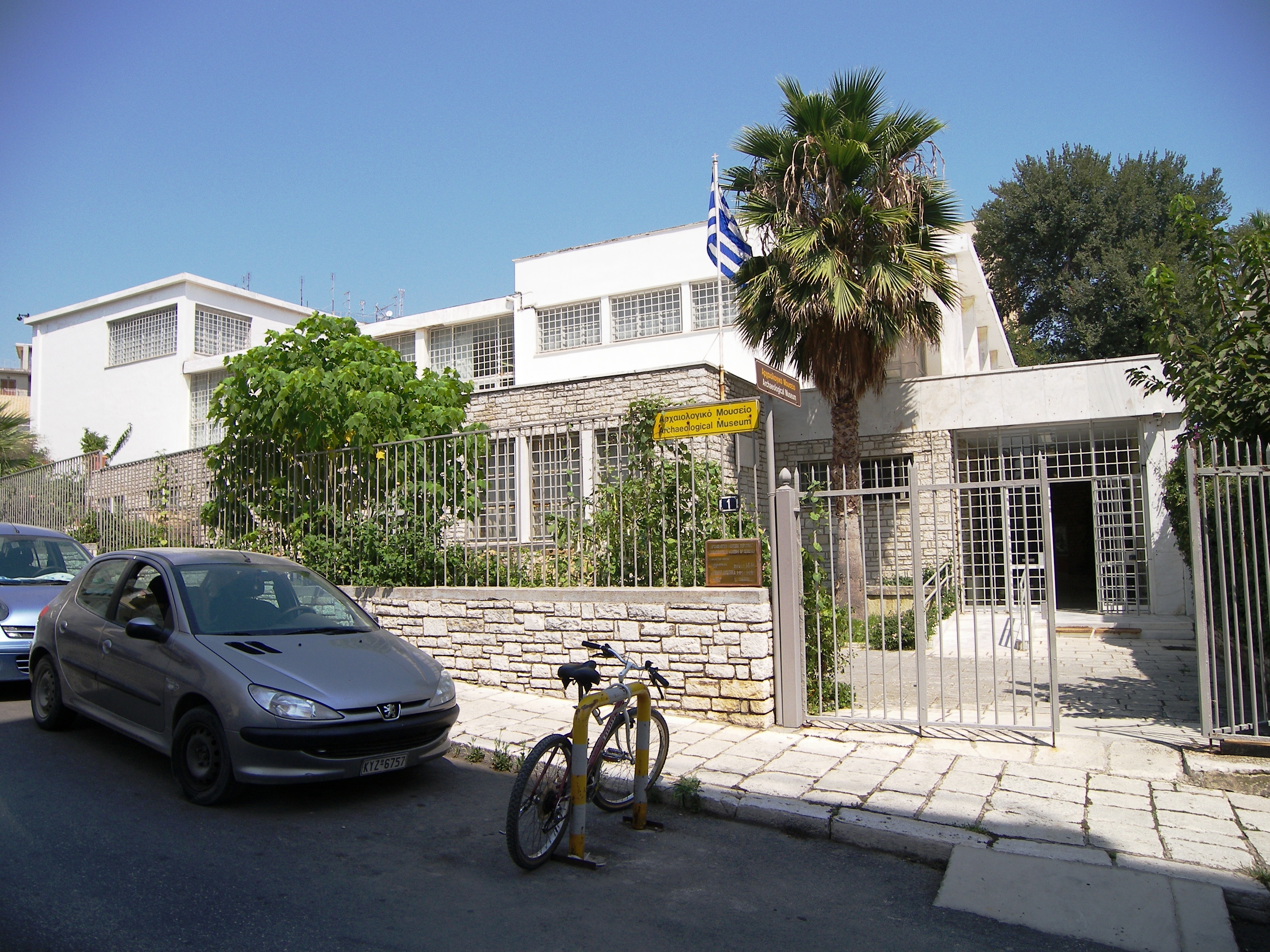|
Pedimental Sculpture
Pedimental sculpture is a form of architectural sculpture designed for installation in the tympanum, the space enclosed by the architectural element called the pediment. Originally a feature of Ancient Greek architecture, pedimental sculpture started as a means to decorate a pediment in its simplest form: a low triangle, like a gable, above an horizontal base or entablature. However, as classical architecture developed from the basis of Ancient Greek and Roman architecture, the varieties of pedimental sculpture also developed. The sculpture can be either freestanding or relief sculpture, in which case it is attached to the back wall of the pediment. Harris in ''The Illustrated Dictionary of Historic Architecture'' defines pediment as "In classical architecture, the triangular gable end of the roof above the horizontal cornice, often filled with sculpture." Pediments can also be used to crown doors or windows. In Romanesque architecture, and very often in Gothic architectu ... [...More Info...] [...Related Items...] OR: [Wikipedia] [Google] [Baidu] |
Paris Église Madeleine Fronton Détail 2014
Paris () is the capital and most populous city of France, with an estimated population of 2,165,423 residents in 2019 in an area of more than 105 km² (41 sq mi), making it the 30th most densely populated city in the world in 2020. Since the 17th century, Paris has been one of the world's major centres of finance, diplomacy, commerce, fashion, gastronomy, and science. For its leading role in the arts and sciences, as well as its very early system of street lighting, in the 19th century it became known as "the City of Light". Like London, prior to the Second World War, it was also sometimes called the capital of the world. The City of Paris is the centre of the Île-de-France region, or Paris Region, with an estimated population of 12,262,544 in 2019, or about 19% of the population of France, making the region France's primate city. The Paris Region had a GDP of €739 billion ($743 billion) in 2019, which is the highest in Europe. According to the Economist Intellige ... [...More Info...] [...Related Items...] OR: [Wikipedia] [Google] [Baidu] |
Ionic Order
The Ionic order is one of the three canonic orders of classical architecture, the other two being the Doric and the Corinthian. There are two lesser orders: the Tuscan (a plainer Doric), and the rich variant of Corinthian called the composite order. Of the three classical canonic orders, the Corinthian order has the narrowest columns, followed by the Ionic order, with the Doric order having the widest columns. The Ionic capital is characterized by the use of volutes. The Ionic columns normally stand on a base which separates the shaft of the column from the stylobate or platform while the cap is usually enriched with egg-and-dart. The ancient architect and architectural historian Vitruvius associates the Ionic with feminine proportions (the Doric representing the masculine). Description Capital The major features of the Ionic order are the volutes of its capital, which have been the subject of much theoretical and practical discourse, based on a brief and obscure p ... [...More Info...] [...Related Items...] OR: [Wikipedia] [Google] [Baidu] |
Amulet
An amulet, also known as a good luck charm or phylactery, is an object believed to confer protection upon its possessor. The word "amulet" comes from the Latin word amuletum, which Pliny's ''Natural History'' describes as "an object that protects a person from trouble". Anything can function as an amulet; items commonly so used include statues, coins, drawings, plant parts, animal parts, and written words. Amulets which are said to derive their extraordinary properties and powers from magic or those which impart luck are typically part of folk religion or paganism, whereas amulets or sacred objects of formalised mainstream religion as in Christianity are believed to have no power of their own without faith in Jesus and being blessed by a clergyman, and they supposedly will also not provide any preternatural benefit to the bearer who does not have an appropriate disposition. Talisman and amulets have interchangeable meaning. Amulets refer to any object which has the power to ... [...More Info...] [...Related Items...] OR: [Wikipedia] [Google] [Baidu] |
Apotropaic
Apotropaic magic (from Greek "to ward off") or protective magic is a type of magic intended to turn away harm or evil influences, as in deflecting misfortune or averting the evil eye. Apotropaic observances may also be practiced out of superstition or out of tradition, as in good luck charms (perhaps some token on a charm bracelet), amulets, or gestures such as crossed fingers or knocking on wood. Many different objects and charms were used for protection throughout history. Symbols and objects Ancient Egyptian Apotropaic magical rituals were practiced throughout the ancient Near East and ancient Egypt. Fearsome deities were invoked via ritual in order to protect individuals by warding away evil spirits. In ancient Egypt, these household rituals (performed in the home, not in state-run temples) were embodied by the deity who personified magic itself, Heka. The two gods most frequently invoked in these rituals were the hippopotamus-formed fertility goddess, Taweret ... [...More Info...] [...Related Items...] OR: [Wikipedia] [Google] [Baidu] |
Gorgoneion
In Ancient Greece, the Gorgoneion ( Greek: Γοργόνειον) was a special apotropaic amulet showing the Gorgon head, used by the Olympian deities Athena and Zeus: both are said to have worn the gorgoneion as a protective pendant,. and often are depicted wearing it. It established their descent from earlier deities considered to remain powerful. Among other attributes, it was assumed by rulers of the Hellenistic age as a royal aegis to imply divine birth or protection, as shown, for instance, on the Alexander Mosaic and the Gonzaga Cameo. Origin According to Marija Gimbutas, ''gorgoneia'' represent certain aspects of the Mother Goddess cult associated with "dynamic life energy" and asserts that the images may be related to a cultural continuity persisting since the Neolithic period defining the ''gorgoneion'' as a quintessentially European image. Jane Ellen Harrison, on the other hand, claims that many primitive cultures use similar ritual masks in order to scar ... [...More Info...] [...Related Items...] OR: [Wikipedia] [Google] [Baidu] |
Medusa
In Greek mythology, Medusa (; Ancient Greek: Μέδουσα "guardian, protectress"), also called Gorgo, was one of the three monstrous Gorgons, generally described as winged human females with living venomous snakes in place of hair. Those who gazed into her eyes would turn to stone. Most sources describe her as the daughter of Phorcys and Ceto, although the author Hyginus makes her the daughter of Gorgon and Ceto. Medusa was beheaded by the Greek hero Perseus, who then used her head, which retained its ability to turn onlookers to stone, as a weapon until he gave it to the goddess Athena to place on her shield. In classical antiquity, the image of the head of Medusa appeared in the evil-averting device known as the '' Gorgoneion''. According to Hesiod and Aeschylus, she lived and died on Sarpedon, somewhere near Cisthene. The 2nd-century BC novelist Dionysios Skytobrachion puts her somewhere in Libya, where Herodotus had said the Berbers originated her myth as p ... [...More Info...] [...Related Items...] OR: [Wikipedia] [Google] [Baidu] |
Gorgon
A Gorgon ( /ˈɡɔːrɡən/; plural: Gorgons, Ancient Greek: Γοργών/Γοργώ ''Gorgṓn/Gorgṓ'') is a creature in Greek mythology. Gorgons occur in the earliest examples of Greek literature. While descriptions of Gorgons vary, the term most commonly refers to three sisters who are described as having hair made of living, venomous snakes and horrifying visages that turned those who beheld them to stone. Traditionally, two of the Gorgons, Stheno and Euryale, were immortal, but their sister Medusa was not and was slain by the demigod and hero Perseus. Etymology The name derives from the Ancient Greek word (), which means 'grim or dreadful', and appears to come from the same root as the Sanskrit word (), which means a guttural sound, similar to the growling of a beast, thus possibly originating as an onomatopoeia. Depictions Gorgons were a popular image in Greek mythology, appearing in the earliest of written records of Ancient Greek religious beliefs such as thos ... [...More Info...] [...Related Items...] OR: [Wikipedia] [Google] [Baidu] |
Archaeological Museum Of Corfu
The Archaeological Museum of Corfu ( el, Αρχαιολογικό Μουσείο Κέρκυρας) in Corfu, Greece was built between 1962 and 1965. The museum land was donated by the city of Corfu. Its initial purpose was to house the archaeological finds from the Temple of Artemis in Corfu. In 1994 it was expanded with the addition of two more exhibit halls that display the more recent finds at the ancient citadel of Corfu. It is located on 1 Vraila Armeni St. Collections The collections of the museum include: *A collection of unknown origin. *Finds from excavations from the ancient city of Corfu. *Finds from the region of Cassiope in Corfu. *Finds from excavations in the district of Thesprotia. The main exhibits are: * The cenotaph of Menecrates/Menekrates. * The Gorgon pediment from the Artemis temple of Corfu. It is the oldest stone pediment in Greece dated to 590-580 BC and is described in the New York Times review of the museum as: ''the finest example of Archaic te ... [...More Info...] [...Related Items...] OR: [Wikipedia] [Google] [Baidu] |
Temple Of Artemis, Corfu
The Temple of Artemis is an Archaic Greek temple in Corfu, Greece, built in around 580 BC in the ancient city of Korkyra (or Corcyra), now called Corfu. It is found on the property of the Saint Theodore monastery, which is located in the suburb of Garitsa. The temple was dedicated to Artemis. It is known as the first Doric temple exclusively built with stone. It is also considered the first building to have incorporated all of the elements of the Doric architectural style. Very few Greek temple reliefs from the Archaic period have survived, and the large fragments of the group from the pediment are the earliest significant survivals. It was excavated from 1911 onwards. The temple was a peripteral–styled building with a pseudodipteral configuration. Its perimeter was rectangular, with width of and length with an eastward orientation so that light could enter the interior of the temple at sunrise. It was one of the largest temples of its time. The Temple of Artemis is ... [...More Info...] [...Related Items...] OR: [Wikipedia] [Google] [Baidu] |
Ancient Greek Art
Ancient Greek art stands out among that of other ancient cultures for its development of naturalistic but idealized depictions of the human body, in which largely nude male figures were generally the focus of innovation. The rate of stylistic development between about 750 and 300 BC was remarkable by ancient standards, and in surviving works is best seen in sculpture. There were important innovations in painting, which have to be essentially reconstructed due to the lack of original survivals of quality, other than the distinct field of painted pottery. Greek architecture, technically very simple, established a harmonious style with numerous detailed conventions that were largely adopted by Roman architecture and are still followed in some modern buildings. It used a vocabulary of ornament that was shared with pottery, metalwork and other media, and had an enormous influence on Eurasian art, especially after Buddhism carried it beyond the expanded Greek world created by Alexand ... [...More Info...] [...Related Items...] OR: [Wikipedia] [Google] [Baidu] |
Terracotta
Terracotta, terra cotta, or terra-cotta (; ; ), in its material sense as an earthenware substrate, is a clay-based unglazed or glazed ceramic where the fired body is porous. In applied art, craft, construction, and architecture, terracotta is the term normally used for sculpture made in earthenware and also for various practical uses, including vessels (notably flower pots), water and waste water pipes, roofing tiles, bricks, and surface embellishment in building construction. The term is also used to refer to the natural brownish orange color of most terracotta. In archaeology and art history, "terracotta" is often used to describe objects such as figurines not made on a potter's wheel. Vessels and other objects that are or might be made on a wheel from the same material are called earthenware pottery; the choice of term depends on the type of object rather than the material or firing technique. Unglazed pieces, and those made for building construction and industry, are al ... [...More Info...] [...Related Items...] OR: [Wikipedia] [Google] [Baidu] |
Acroteria
An acroterion, acroterium, or akroteria is an architectural ornament placed on a flat pedestal called the ''acroter'' or plinth, and mounted at the apex or corner of the pediment of a building in the classical style. An acroterion placed at the outer angles of the pediment is an ''acroterion angularium'' (' means ‘at the corners’). The acroterion may take a wide variety of forms, such as a statue, tripod, disc, urn, palmette or some other sculpted feature. Acroteria are also found in Gothic architecture. They are sometimes incorporated into furniture designs. Etymology The word comes from the Greek ' ( 'summit, extremity'), from the comparative form of the adjective ' (, 'extreme, endmost'). It was Latinized by the Romans as '. ''Acroteria'' is the plural of both the original Greek and the Latin form. According to Webb, during the Hellenistic period the winged victory or Nike figure was considered to be "the most appropriate motif for figured akroteria.” Image:Ma ... [...More Info...] [...Related Items...] OR: [Wikipedia] [Google] [Baidu] |









.jpg)

.jpg)